The best large language models (LLMs) in 2025


In 2025, one of the most common mistakes businesses make is assuming all AI models are the same. Relying on surface-level benchmarks without context can lead to bad choices. The wrong model can result in delays, cost overruns, or systems that don’t hold up in production.
What separates high-performing teams isn’t just adopting AI—it’s selecting the right model for the task. The most effective deployments are based on technical fit and business need, not general claims.
In this blog, we cover the best ai model, our top 5 recommended language models in 2025—where they actually perform well, when to use them, and what to avoid—so your AI choices hold up in real workflows, not just presentations.
Large Language Models (LLMs) are AI systems trained on large volumes of text to process and generate language. They’re used in tasks like answering questions, writing content, assisting with code, and retrieving information.
In 2025, leading models like Models such as OpenAI, Claude, Gemini, LLaMA, and DeepSeek differ in their performance across areas like reasoning, speed, context length, and input support (text, code, images, etc.). Each is optimised for specific strengths, which makes direct comparisons dependent on use case.
When choosing the best Large Language Model (LLM), it’s not just about picking the most powerful one. It’s about what fits your use case. Here are the key factors to look at:
The model should reliably follow user prompts — especially for structured outputs, content generation, or task completion. It should understand both direct and complex instructions without drifting off-topic.
High performance matters, but not at any cost.
The model must return relevant, factual, and context-aware responses — especially when the output is tied to decision-making or customer support.
Good models can remember and reference previous parts of a conversation.
If you’re working with sensitive data, choose models that respect data privacy and ethical standards and may should give option for self deployment or ZDR (Zero Data Retention).
For global teams or audiences, the model should support multiple languages with equal quality.
| Model | Developer | Access |
|---|---|---|
| GPT-4.1, o3 | OpenAI | Chatbot, API |
| Claude 3.7 | Anthropic | Chatbot, API |
| Gemini 2.5 | Chatbot, API | |
| LLaMA 4 | Meta | Chatbot, Open |
| Grok 3 | xAI | Chatbot, Open |
| R1, V3 | DeepSeek | Chatbot, API, Open |
| Qwen 2.5 | Alibaba Cloud | qwen Chat, API, Open |
| Large (Mistral) | Mistral | mistral chat, API |
| Command R | Cohere | chatbot, API |
Different language models are good at different things. Some handle long documents better, some are stronger at reasoning, and others are built to work with tools or structured data.
This list covers the top 5 LLMs to consider in 2025—what each model is good at, where it fits best, and when it makes sense to use it.
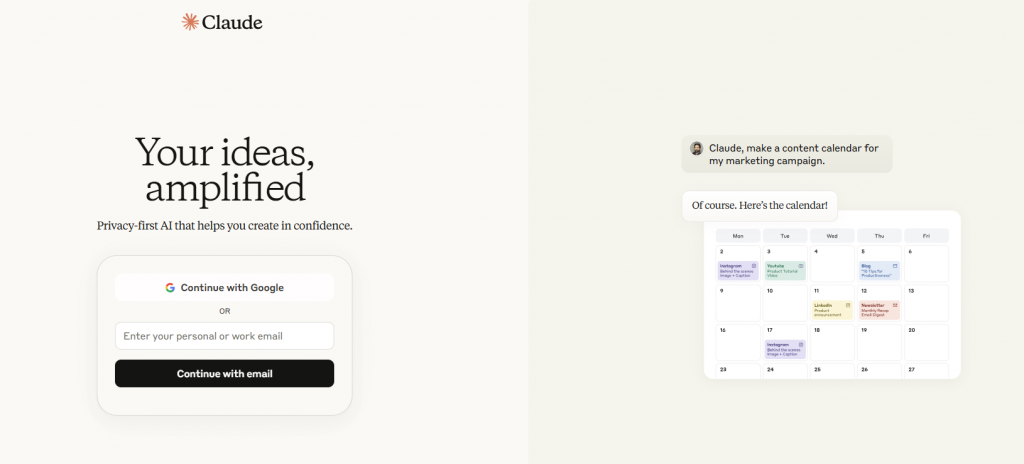
Claude has earned a reputation for precise, structured, and safe outputs. It doesn’t write with flair—it writes with clarity.
Where it stands out:
Strengths:
Use it when:

o3 is OpenAI’s latest general-purpose model powering ChatGPT as of April 2025. It focuses on reasoning, retrieval, and task reliability rather than speed or creativity.
Where it stands out:
Strengths:
Use it when:

Gemini 2.5 isn’t just another LLM. It’s tightly integrated into Google’s ecosystem—so if you already rely on Gmail, Docs, or Sheets, this model meets you where you are.
Where it stands out:
What makes Gemini unique:
Use it when:

Meta’s LLaMA series is the go-to option when control and flexibility matter. If you want to run the model on your own infra, LLaMA is built for it.
Where it stands out:
When to choose LLaMA:

DeepSeek is an open-weight model out of China, focused on coding, retrieval-augmented generation (RAG), and bilingual applications (English + Chinese).
Where it stands out:
What makes DeepSeek valuable:
Use it when:
Some of the strongest coding models available include DeepSeek Coder v3, GPT-4.5 Turbo, and Meta’s Code LLaMA based on LLaMA 3. These models are capable of handling complex code generation and debugging tasks effectively.
Yes, models with open weights like LLaMA 4 and DeepSeek v3 can be deployed locally on your own hardware or private servers. Just ensure your infrastructure meets the necessary resource requirements.
To reduce hallucinations, consider using retrieval-based methods that source answers from verified data, manually verifying critical outputs, and incorporating a review or approval step—especially in sensitive workflows.
Yes, most advanced language models as of 2025 support over 50 languages. Features like multilingual responses, language detection, and translation have become much more robust.
Only if you’re using a self-hosted model or one designed for secure enterprise environments. Otherwise, it’s best to anonymize any private or sensitive data before sharing it with a language model.
In 2025, Large Language Models aren’t nice-to-have—they’re part of how real work gets done. From speeding up tasks to building entire products, the right model can make a big difference.
But there’s no one-size-fits-all. Claude is great for structured, consistent output. o3 handles complex reasoning. GPT-4.1 is a solid all-rounder. Gemini fits best if you’re deep in Google’s ecosystem. LLaMA gives you context control. DeepSeek keeps things efficient on a budget.
If you’re building tools, automating workflows, or scaling support—don’t chase hype. Pick the model that fits how you actually work. That’s what makes it the right choice.
Create AI Fully trained on your custom data in minutes
Start Building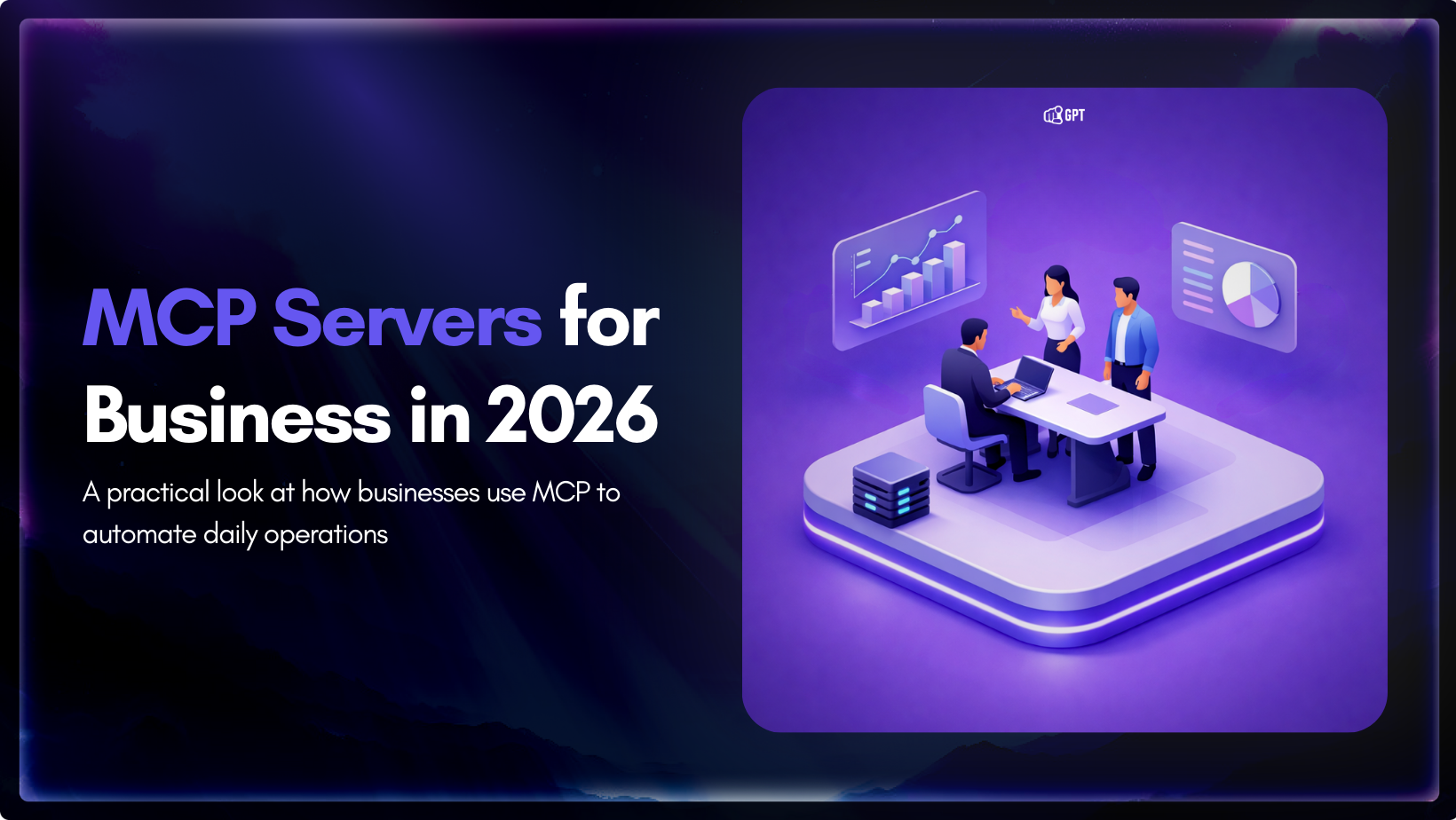
Growth-focused teams move faster when their tools work together instead of competing for attention. Modern development depends on multiple systems to ship code, review changes, monitor services, and access data. Each system serves a purpose, but routine work often means moving between dashboards, scripts, and internal tools. These small transitions shape how consistently a team […]

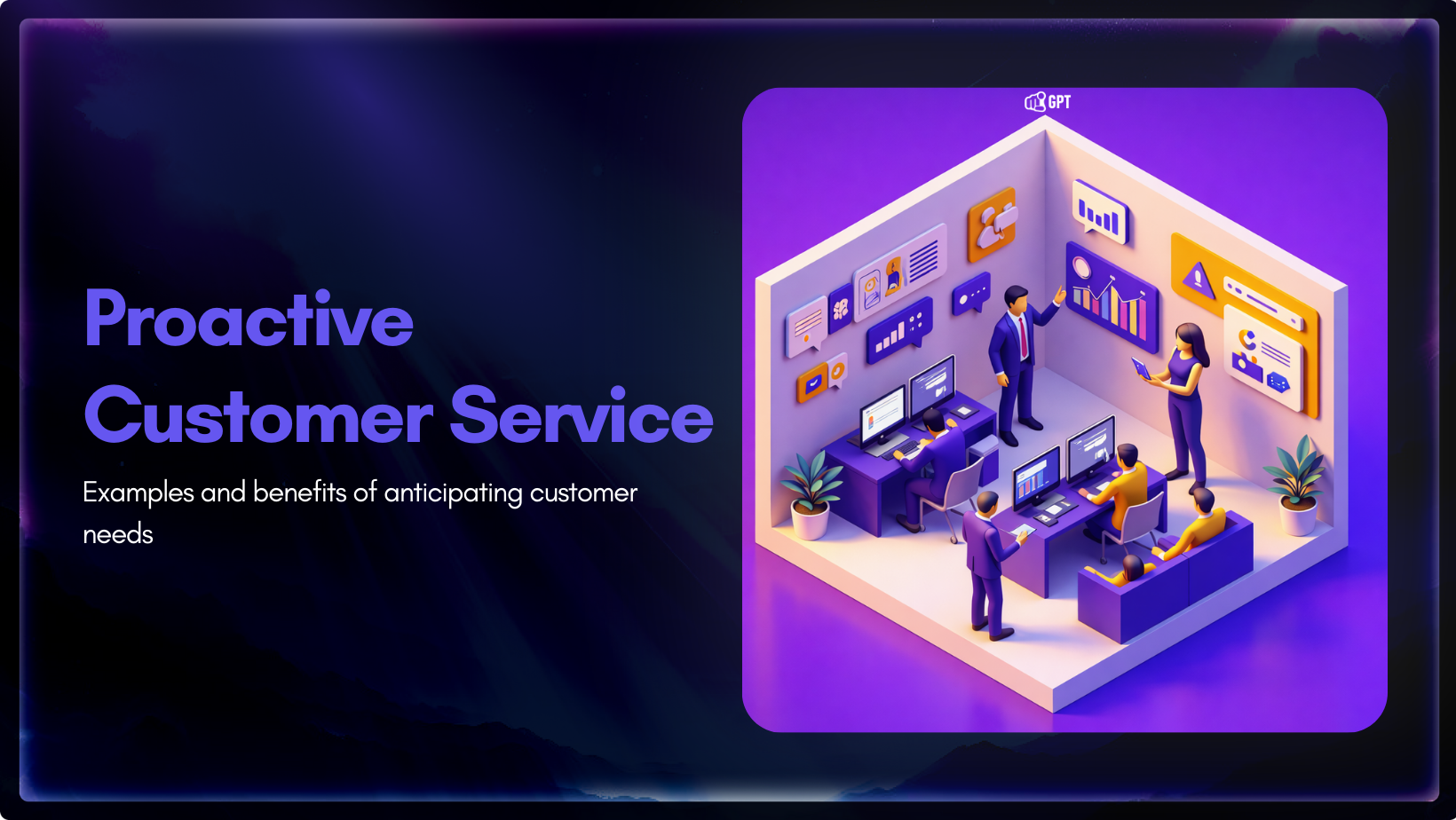
Most customer service moments begin long before a ticket is created. Something feels off. A payment does not go through. A delivery update stops moving. A user gets stuck at the same step and tries again. Customers usually pause, check, retry, and wait before they decide to ask for help. Proactive customer service works inside […]


AI has become a core part of how modern SaaS products are built and delivered. In 2026, customers expect intelligent assistance to be available throughout their journey, from onboarding and everyday product usage to support and account management. Inside SaaS teams, AI is increasingly used to speed up workflows, reduce repetitive tasks, and improve how […]

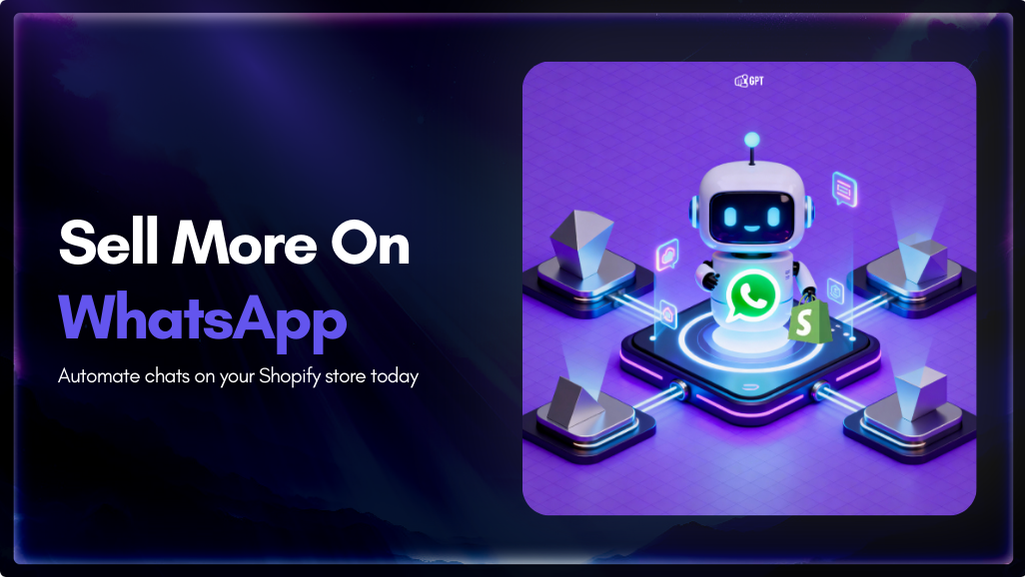
Shopify stores often use a chatbot on their website to handle product questions, order updates, and support. But customers also message on WhatsApp expecting the same quick answers. Most of them already use WhatsApp throughout the day, so reaching out there feels natural. A chatbot that works across both channels responds in seconds, guides purchase […]

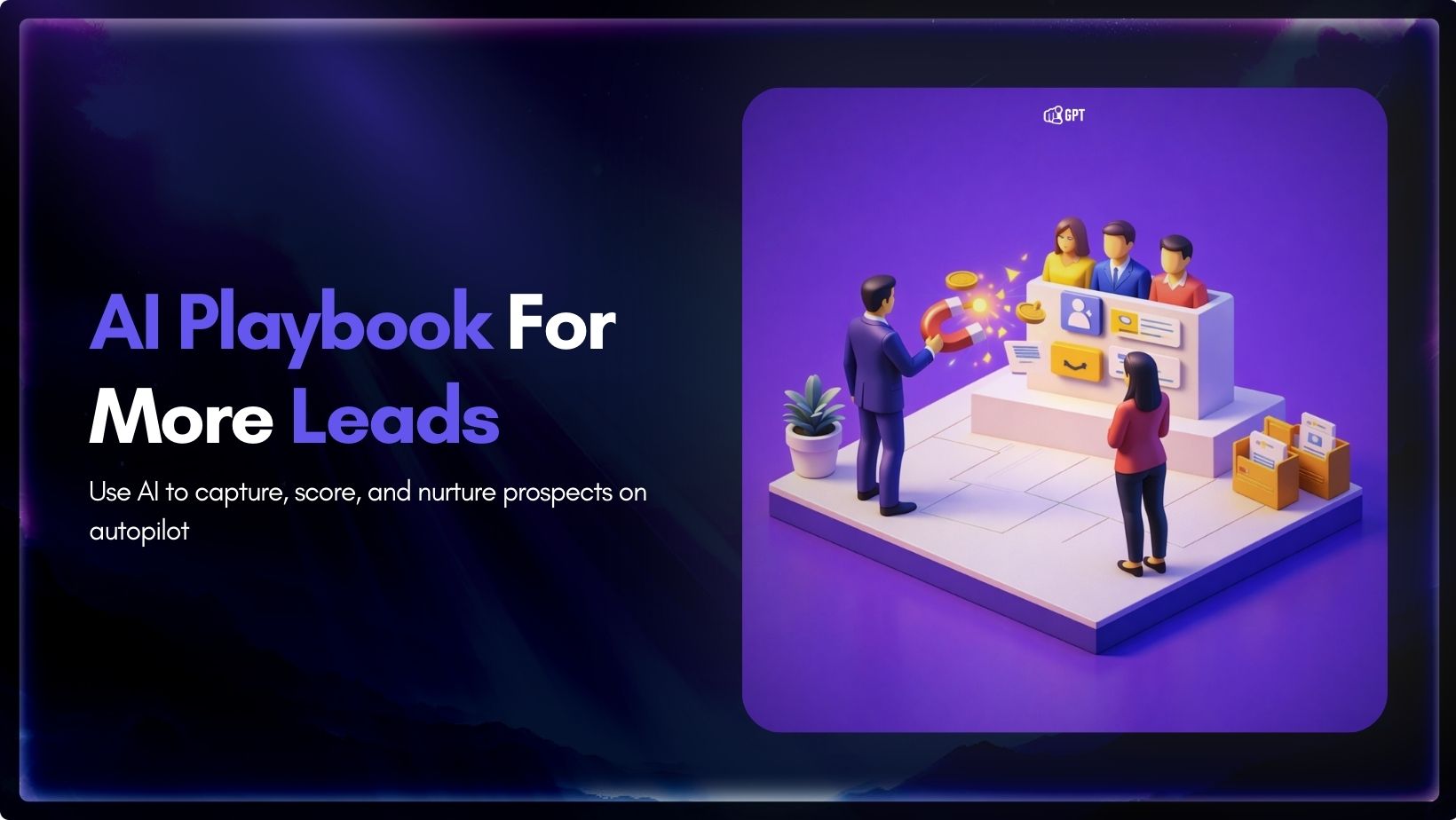
Most businesses do not struggle to generate leads. They struggle to know which ones are worth acting on. Forms get filled, DMs arrive, emails are opened, and chats happen across multiple tools. Some prospects convert. Most do not. The real problem is that there is no reliable way to tell, early enough, which signals actually […]

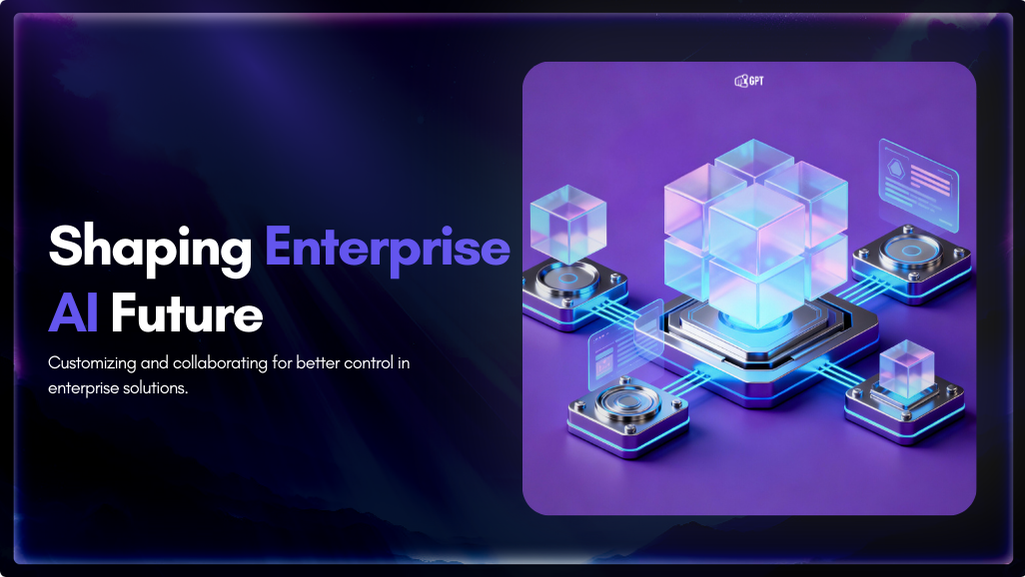
Artificial Intelligence has advanced quickly over the past five years, moving from an experiment to a standard component of modern business. AI has become a central part of enterprise strategy. 88% of organizations are now using AI. This figure has increased from 78% the year before. This transformation is reshaping how companies run, communicate, and […]
